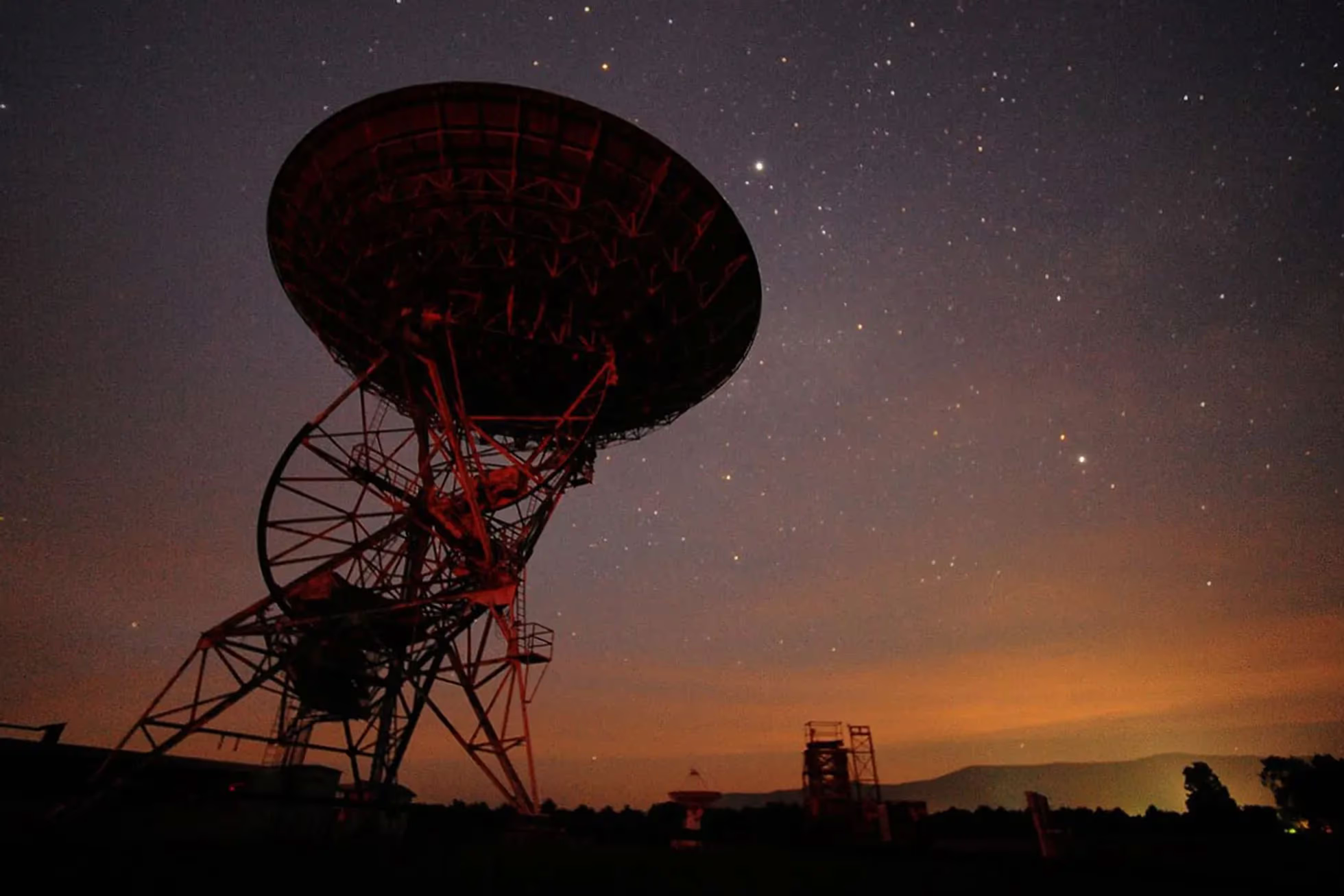With Donald Trump’s return to the White House, U.S. space policy has taken a sharp turn. As early as January 2025, he pledged to send astronauts to Mars—a statement that initially signaled a new phase in NASA’s development. But it soon became clear that behind the rhetoric of space leadership lay a different priority: sweeping budget cuts. Instead of expanding its programs, the agency now faces mission cancellations, staff layoffs, and a full-scale revision of its long-term plans.
The White House budget proposal calls for reductions across nearly every area—from the International Space Station to deep space exploration. The administration justifies this as an effort to improve government efficiency, but the result would be the shutdown of dozens of scientific projects, including international collaborations. Key initiatives to search for life on Mars, monitor climate change, and study exoplanetary systems are now at risk.
At the same time, NASA is being pushed to expand partnerships with private companies, including SpaceX and Blue Origin, despite technological and political risks. Among scientists, concerns are growing that the United States is not only losing its leadership in space, but also abandoning a systematic approach to exploration. This article takes a closer look at which programs are being paused, which priorities have shifted, and what this means for global space science.
In January 2025, shortly after taking office, Donald Trump announced a new U.S. objective in space: sending astronauts to Mars. The pledge was seen as a signal that NASA would receive increased funding, with SpaceX—developer of technologies potentially suited for such an ambitious mission—expected to be the primary beneficiary. But by spring, U.S. media began reporting on impending cuts to the agency’s budget and workforce. Behind the grandiose promises, it turned out, was an effort to fulfill one of Trump’s core campaign pledges: to reduce spending and improve federal efficiency.
In May, the White House released its budget proposal, which included significant revisions for NASA. Despite rhetoric about beating China in the new lunar race, the document outlined cuts to nearly every program—from the International Space Station to NASA’s public outreach efforts, the latter slated for full termination. The most severe reductions are expected to hit NASA’s science divisions. Research in solar physics, planetary science, astrophysics, and Earth science could lose up to half of their funding—even flagship missions are under threat.
In June, NASA published its own resource allocation plan based on the administration’s proposal. The only major mission the agency intends to preserve—despite mounting risks—is the Nancy Grace Roman Space Telescope. This next-generation observatory is expected to succeed the Hubble Space Telescope, continuing its mission but with a much wider field of view. It is, essentially, the lone bright spot for the scientific community: the Chandra X-ray Observatory and many other active missions are now facing termination.
NASA Shifts Course: Public Programs Slashed, Private Missions Prioritized, and Mass Layoffs Loom
According to estimates by The Planetary Society—a space advocacy group founded by Carl Sagan—the Trump administration plans to cancel or shut down 41 NASA projects. Among those affected are joint missions with the European Space Agency.
One of the first casualties is the Mars Sample Return program, aimed at bringing Martian soil samples back to Earth. The project has long struggled due to its high cost and technical complexity. NASA hoped to reduce expenses through cooperation with Europe, but this did not spare the mission from the chopping block. The agency tried to adapt the concept by dividing it into stages and integrating the active Perseverance rover—betting that its success would lend the initiative political weight. The tactic was reasonable: Perseverance is already collecting samples for return. If successful, the mission could bring scientists closer to answering one of planetary science’s central questions—whether life ever existed on Mars. China is also developing a sample-return mission, but its rover has limited mobility. In contrast, Perseverance can travel dozens of kilometers and target the most promising locations.
Another major program at risk is the Gateway lunar orbital station. From the start, the concept of a cislunar outpost faced skepticism from parts of the scientific community, which questioned its scientific and engineering merit. Operating the station requires frequent launches of the heavy-lift SLS rocket, which remains prohibitively expensive. NASA contractors are already building components, including a habitat module and power unit. But if the administration’s proposal is approved, the vision of a permanent crewed outpost in lunar orbit may be shelved. The hardware would likely be redirected to support commercial space station projects in low Earth orbit.
Programs for the Space Launch System (SLS) and Orion crew vehicle are currently spared, despite immense costs—each launch is estimated at $4 billion. These systems are seen as essential to maintaining U.S. dominance on the Moon, particularly in the context of strategic rivalry with China. Still, even if the initial flight is successful, NASA does not plan to continue operating SLS and Orion in their current forms. Long-term, the agency intends to rely on private-sector vehicles—especially SpaceX’s Starship and Blue Origin’s partially reusable New Glenn.
However, the heavy reliance on SpaceX carries major risks. First, a string of recent Starship test failures has raised doubts about its technical maturity. Second, tensions between Elon Musk and the Trump administration have escalated, adding a layer of political instability.
The cuts will also affect the American segment of the International Space Station. Musk had advocated ending U.S. participation even before his fallout with Trump, and now the White House proposes keeping the ISS only through 2030—and at minimal life-support levels. Crew size would be reduced, and mission durations extended from six to eight months to cut launch costs. A planned upgrade to the Alpha Magnetic Spectrometer (AMS-02), which studies high-energy cosmic particles, has been scrapped. The administration argues that the ISS will soon be replaced by commercial platforms, ensuring continuity for U.S. human spaceflight.
NASA indeed runs a program supporting private space station development, and several companies have presented concepts. So far, only Axiom Space has begun building ISS-compatible hardware. Still, none of the proposed platforms matches the scale or scientific capacity of the current station. Most resemble temporary orbital “hotels” rather than international research laboratories.
Uncrewed space exploration will also face deep cuts. Among the cancelled projects are missions to Venus and a range of small-scale Earth observation initiatives. A particularly significant loss is the termination of the Landsat Next program, which planned to launch three next-generation satellites to continue the work of the historic Landsat system, in operation since 1972. NASA now proposes replacing it with cheaper small satellites, which can only handle a narrow range of tasks.
Scientific Missions and Global Partnerships Undone: From Venus to the Search for Martian Life
The Trump administration not only plans to abandon the costly Mars Sample Return program, but also to withdraw from ExoMars, a joint mission led by the European Space Agency. Until 2022, the project was developed in partnership with Roscosmos, but after Russia's invasion of Ukraine, the European Union cut ties—rejecting the use of a Russian rocket and lander. ESA eventually secured a new collaboration with NASA, but the program is once again in jeopardy—this time due to planned U.S. budget cuts. Like the canceled Mars Sample Return, ExoMars aimed to search for signs of life on the Red Planet. In effect, successive decisions by Vladimir Putin and Donald Trump have set back international efforts in this field by years.
NASA had previously outlined plans to resume scientific exploration of Venus—from orbit and from the surface. There was particular interest in the possibility of microbial life in the planet’s atmosphere. However, if the proposed budget is adopted, neither the DAVINCI nor the VERITAS mission will proceed. Both are now slated for cancellation before even getting off the ground.
Also under threat is the VIPER lunar rover—America’s first planned robotic explorer of the Moon’s polar regions, designed to search for water in permanently shadowed craters. Despite being nearly ready for launch, the mission is unlikely to go forward. NASA had hoped to secure private funding, but no interested investors have emerged.
Far from Earth

Still Alone in the Universe
Why the SETI Project Hasn’t Found Extraterrestrial Life in 40 Years?

Hints of Hints of Life
What the Discovery on Planet K2-18b Means for Science and Humanity?

The Milky Way From All Corners of the Earth
Stunning Images From the Annual Capture the Atlas Photo Contest
End of the Robotic Era: NASA Retreats from Deep Space
Among the hardest hit by the proposed budget cuts are several of NASA’s robotic missions operating in Mars orbit, the Jovian system, and beyond. One likely candidate for shutdown is Mars Odyssey, which has been studying the Red Planet since 2001. One of its major contributions was mapping the distribution of hydrogen-bearing compounds in the shallow subsurface—thanks to the Russian-built HEND instrument. The spacecraft also produced a three-dimensional topographic model and investigated Mars’ gravitational and magnetic fields. In recent years, its cameras were refocused on atmospheric monitoring to study seasonal changes.
The MAVEN mission—NASA’s primary source of data on the Martian atmosphere—is also slated for termination. MAVEN has played a key role in understanding how planets lose their atmospheric gases to space, a process fundamental to studying climate evolution and Mars’ past habitability.
In Jupiter’s orbit, the Juno spacecraft could also face an early end. Launched in 2011, Juno was designed to shed light on the internal structure of the Solar System’s largest planet and investigate its dense cloud systems. Despite settling into a more elongated orbit than originally intended, it fulfilled key objectives and returned stunning imagery. Still, the Trump budget leaves no room for its continued operation.
The outer reaches of the Solar System are also in jeopardy. The administration proposes shutting down New Horizons—the only functioning spacecraft beyond Pluto. In 2015, it delivered the first close-up images of the dwarf planet and has since continued on toward the Kuiper Belt. Though it hasn’t crossed into interstellar space like the Voyagers, it’s nearing that frontier and could return valuable data about the surrounding environment. NASA had hoped for a flyby of another Kuiper Belt Object—but an early shutdown would make that impossible.
Even the repurposed OSIRIS-REx spacecraft is not spared. After delivering samples from asteroid Bennu to Earth, the return capsule detached, but the remaining platform—with fuel, cameras, and maneuvering thrusters—remains operational. NASA intended to redirect it toward the potentially hazardous asteroid Apophis, which will make a close flyby of Earth in 2029. Under the new name OSIRIS-APEX, the mission could have observed changes in the asteroid’s trajectory after its encounter with our planet. That mission is now in doubt.
NASA is attempting to preserve at least some of its flagship programs, but it faces difficult choices. The proposed cuts would effectively roll the agency’s budget back to 1961 levels—prior to the start of crewed spaceflight. The fate of these missions now rests with Congress, which is set to finalize the budget in the fall of 2025.


